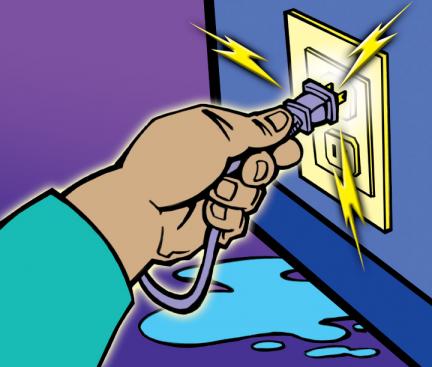New electrical equipment safety system for Australia and New Zealand

In Australia, electrical safety regulatory functions are the responsibility of State and Territory Governments. The Electrical Regulatory Authorities Council (ERAC) is made up of representatives of the regulatory authorities responsible for electrical safety in the Australian States and Territories and New Zealand.
ERAC commissioned a formal and comprehensive review of the electrical equipment safety system in Australia and New Zealand in 2007. The review was conducted in response to emerging problems and challenges arising from the globalisation of the electrical equipment manufacturing and supply chain and the use of the internet for sales. This review focused on electrical equipment that is designed for household or similar.
ADVERTISEMENT
ERAC engaged a suitability qualified consultant to conduct a comprehensive review of the current equipment safety system and to develop recommendations on how a more consistent approach can be achieved.
During the review approximately 80 individuals, representing a wide range of stakeholders, were consulted. These included government organisations, retailers, manufacturers and industry groups.
Based on feedback received, a national Regulation Impact Statement (RIS) was developed outlining a preferred option for achieving a more consistent and effective electrical equipment safety system for Australia and New Zealand. The RIS has been endorsed by seven Ministers responsible for electrical safety across Australia and New Zealand.
The new system has several key aspects, including:
Nationally consistent, performance-based legislation in each jurisdiction setting out the scope of electrical equipment included and excluded from the system, and consistent obligations and penalties.
A centrally administered and managed ERAC Secretariat to coordinate the EESS, with regulatory and enforcement responsibilities to remain with the states and territories.
A national database where all suppliers and certain higher risk equipment must be registered prior to equipment being offered for sale. This would allow equipment to be easily traced to its supplier and act as a gateway to legal supply of electrical equipment in Australia and New Zealand.
Risk based classification of equipment into three levels (high, medium and low risk) with proportionate standards of conformance for each level.
Placing obligations for safety on a responsible supplier who is the importer or manufacturer of the equipment and must be based in Australia or New Zealand. The responsible supplier must be an Australian or New Zealand entity to ensure enforcement action can be undertaken through the local judicial system.
The ERAC Secretariat has progressed the implementation of the review with seven state and territory governments now actively participating in the development of the proposed new system.
To date, agreement has been recorded over the design of the national electrical equipment safety system database and equipment certification scheme rules.
Model legislation to implement the new EESS has been developed. The Queensland Parliament passed the model legislation on 22 March 2011. A viewable copy of the Queensland Bill is available via the Queensland Parliament website here: http://www.legislation.qld.gov.au/Bills/53PDF/2011/ElectSafOLAB11.pdf. Other jurisdictions are working towards adopting the model legislation.
At the ERAC meeting in May 2011, ERAC members discussed the implementation of the new EESS and agreed that the new system should
commence on 1 July 2012. Public and industry awareness activities will be organised prior to the launch of the proposed new Electrical Equipment Safety System (EESS).
The commencement date of the new system is set for the 1 July 2012.
-
ADVERTISEMENT
-
ADVERTISEMENT

